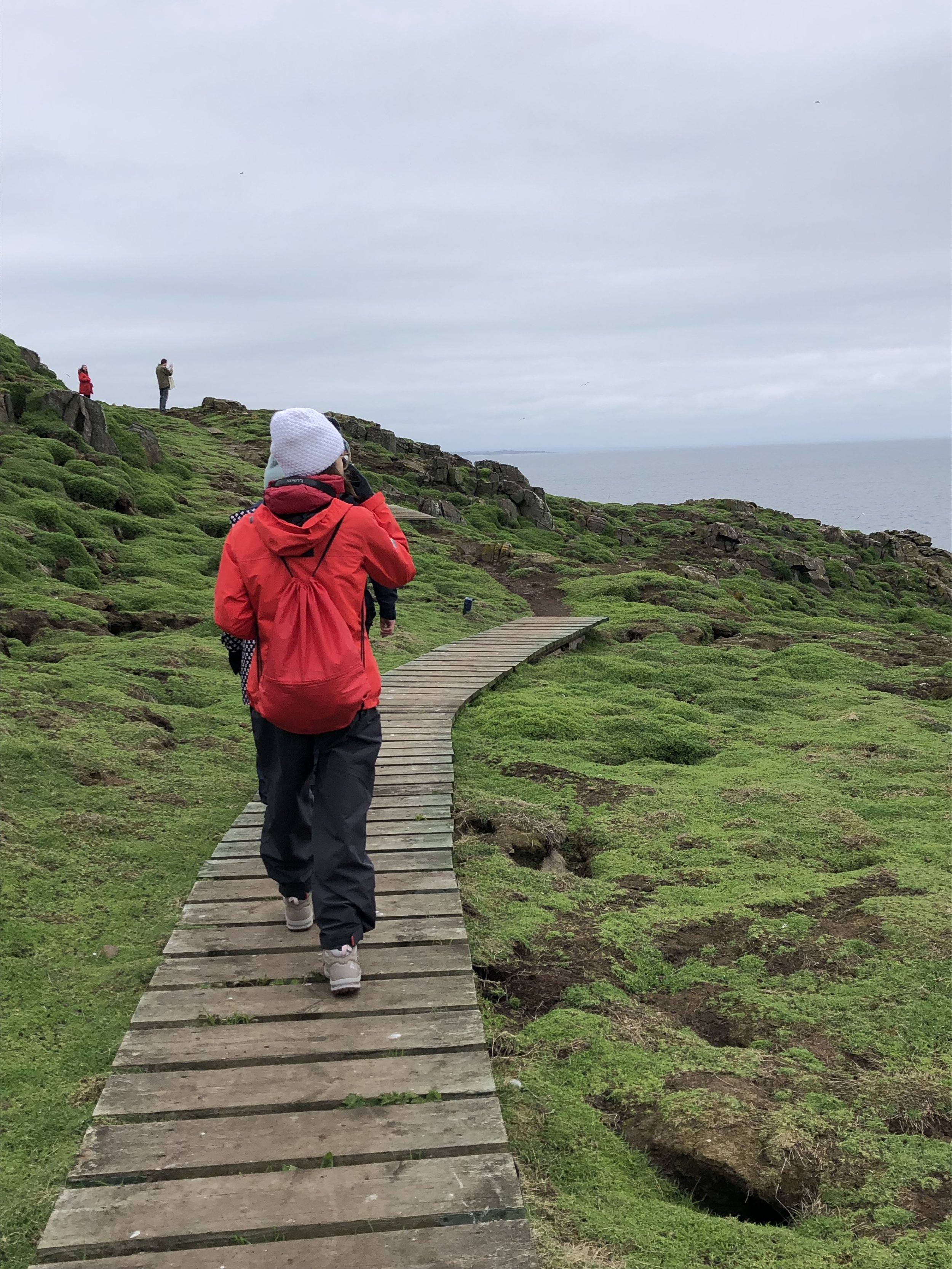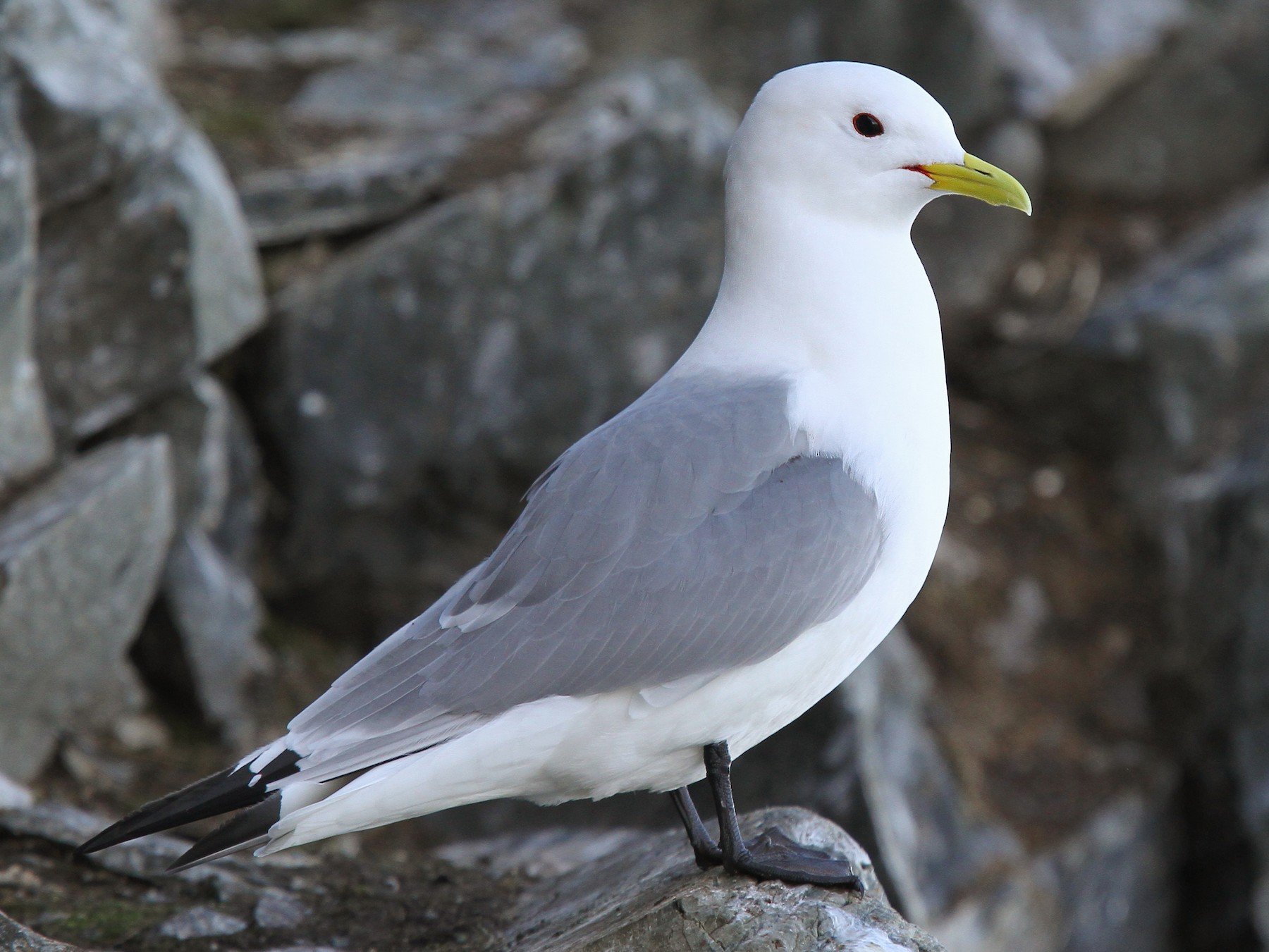Puffins And The Isle Of May
Can you spot the puffin?
Dear Diary,
Seeing puffins was on top of my Scottish bucket list for years.
I mean, how can you not love puffins with their colourful bright beaks and very funny, almost comical walk.
Now finally after all those years living in Scotland, I’ve managed to tick it off my list during my recent visit to the Isle of May.
And I can only highly recommend a trip to the Isle of May, there’s so much to explore and I had an amazing time there.
The Isle of May
The Isle of May is located in the Firth of Forth, about five miles off the coast. It’s a small island, only 1.5km long and 0.5km wide, which makes it the ideal size for a short day trip.
The island is a national nature reserve and a haven for nesting seabirds and other wildlife. Not to forget it also has a stunning landscape.
Plus, it’s home to the largest puffin colony on the East coast of Scotland. So chances are quite high that you’ll see some puffins!
How to get there
There are two ways to get to the Isle of May. You can either take a boat from Anstruther in Fife or start your journey from North Berwick in East Lothian.
I went for the RIB from North Berwick, which takes about 45 minutes to reach the Isle of May. We did a short photo stop at the iconic Bass Rock as well, home to the world‘s largest colony of Northern gannets.
Usually, RIBs are open to the elements and you can expect to get wet during the trip. So take your waterproofs! I was lucky and we got an enclosed boat as the weather was, well very Scottish that day. Though, we also had some lovely sunshine on the island.
The overall excursion takes about 4 hours. You can either explore the island by yourself, just follow the paths or take a tour with your guide.
A short Isle of May history
Nowadays the island is mainly known for its large bird population with more than 200,000 seabirds being recorded each year. The island also holds Scotland’s oldest bird observatory, manned by volunteers between March and November.
In Summer the cliffs are heaving with (noisy) nesting seabirds. The island proves to be an ideal breeding ground as it is free of predators such as rats and foxes, hence the eggs and chicks are safe.
The Isle of May has also played an important part in history.
Back in the Middle Ages, the island was home to the St. Adrian’s Priory, a monastery for Benedictine monks. The chapel was also an important pilgrimage site, with royal visitors such as King James IV and James V coming to the island in 1506 and 1539. The chapel and monastery remains can still be seen today.
For centuries, two lighthouses have guided ships safely along the dangerous coastline, with the first Scottish coal-fired lighthouse, “The Beacon”, being built in 1634. The main lighthouse is still active today and was built in 1816 by Robert Stevenson, the grandfather of the famous writer Robert Louis Stevenson.


Isle of May birds and wildlife
1) Bird watching
Here are some of the most popular birds to look out for on the Isle of May.
Puffins
No doubt the main attraction of the island. Puffins arrive back on land in early April to start breeding in their burrows. Fun fact, they can carry up to 60 fish in their bill at once.
Guillemots
Also referred to as the Northern penguins and are known for their excellent diving skills. Their eggs are pear-shaped so that they don’t roll off the cliffs.
Razorbills
Rather shy birds who prefer to breed in pairs instead of big colonies. Recognisable by the bright yellow colour inside of their bill.
Kittiwakes
True to their names (their call sounds like “kittiwake “), they are also often referred to as the real seagulls of Britain. You can recognise them by their black feet.
Shags
Closely related to the cormorant with a slight greenish shimmer to their coat and yellow cheeks. They are most creative when it comes to nest building using whatever is available, including rope and (sadly) plastic.
2) Other Wildlife
The island isn’t only home to birds though, there are other cute animals to be found as well.
Grey Seals
Seals can be seen all around the island and on the rocks throughout the year. In autumn and winter, the island hosts up to 2,000 seal pups.
Rabbits
You’ll spot them everywhere. Rabbits are abundant, again due to the fact that there are no predators. They have probably been introduced to the island by the monks.
My 5 Isle of May tips
Book your trip way in advance, the spaces fill up very quickly.
The best time to visit is between April and September with the high season being June and July.
Don’t forget your binoculars.
Pack your waterproofs and extra layers, it can get wet and windy and there is not much shelter.
Take a snack and drink, there is no cafe on the island.

















